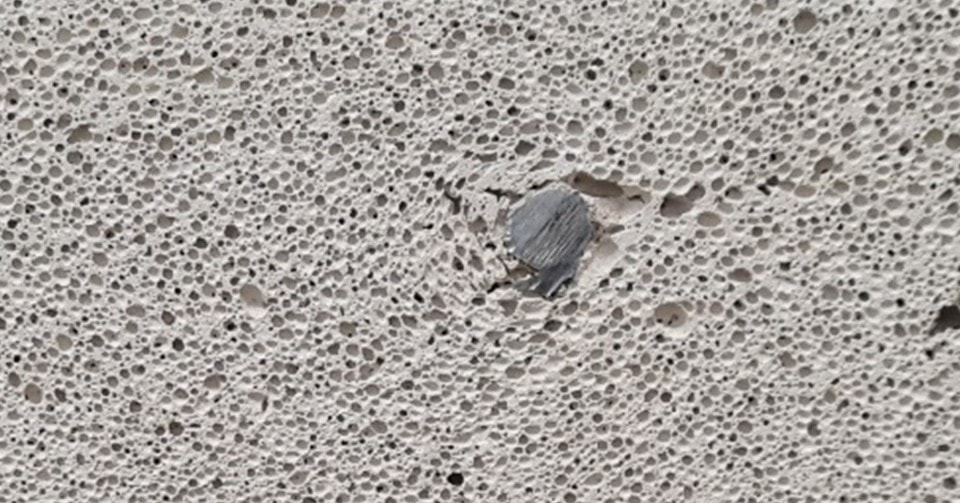Chris Gaunt, senior associate in Rosling King’s Real Estate Group, examines the implications for freeholders and leaseholders
There’s been a worryingly sharp rise in the number of public buildings identified with Reinforced Autoclaved Aerated Concrete (or RAAC).
Reinforced Autoclaved Aerated Concrete (RAAC) is a lightweight building material widely used between 1950s and 1990s as an alternative to traditional concrete. Due to its method of construction, it is much less durable than traditional concrete.
However, given its lower cost, it was widely used in public sector buildings, including schools and hospitals, but given the tens of thousands of panels that were used, they could well be present in other forms of building development from this period. It is worth bearing in mind that many former public sector buildings have been sold to the private sector over the years, including former council homes sold under the Right to Buy scheme.
What can I do if RAAC is used on my premises?
This will depend on your interest in the property. Are you a freeholder or leaseholder?
As a freeholder, you will likely be responsible for structural repairs. However, you may have a claim against the original developers or your insurers depending on your individual circumstances. You should take advice though as a 30-year limitation period under the Defective Premises Act (as extended by the Building Safety Act) is likely to come into play. Owners have duties of care to tenants and third parties and would be well advised to commission structural surveys.
If you are a leaseholder, then the terms of the lease are key. The lease will usually set out the various obligations on each party. It is, however, generally the freeholder/landlord under the lease who has responsibility for repairs to the structure of the building.
There is also the added risk that buildings of this age may have the potential presence of asbestos, which was commonly used within the construction industry due to its thermal and electrical insulation properties. Asbestos fibres are known to cause serious health hazards to humans and so its presence in such buildings could further complicate matters and slow down remediation efforts.
What about the Building Safety Act 2022?
Provisions in this Act impose liability for unsafe buildings onto developers, building owners and others in the construction sector.
Section 120 of the Act defines what is meant by a relevant defect, namely a defect that arises as a result of anything done (or not done) or anything used (or not used) in connection with relevant works and which causes a building safety risk.
Relevant works include construction or conversion of a building.
‘Building safety risk’ means a risk to the safety of people in or about the building arising from either the spread of fire or the collapse of the building or any part of it.
It would appear, therefore, that the presence of RAAC could amount to a relevant defect and so be caught by the provisions of the Building Safety Act but, for reasons set out earlier in this article, this may be of little assistance given the majority of RAAC was likely used over 30 years ago. If your building was built post-1993, however, the Building Safety Act may assist in terms of covering the costs of removal and replacement of RAAC.
Who will pay?
Unlike the well-publicised issues with cladding, whilst it is not anticipated the issue with RAAC will be as widespread, there are currently no protections in place relating to the costs of repairs. This means depending on the terms of the lease in place, landlords may seek to pass the costs onto tenants through service charge.
Questions arise as to whether the simple presence of RAAC amounts to disrepair. If it does, then landlords can likely pass the costs of replacing it through to tenants under the service charge. You should check the service charge provisions carefully though as many seek to exclude tenant liability for latent defects (i.e. a defect that existing at the time of construction but was not detected at that time).
As yet there is no caselaw on this point, but landlord could look to argue that the use of RAAC in buildings is not a latent defect, it is just a material that has come to the end of its useful life and so the repair and maintenance provisions of the lease apply.
What if I do nothing?
If your premises are not kept safe, this may result in another party suffering injury, and you may find yourself liable for the harm caused, even to uninvited visitors or trespassers. It may also be a requirement of your insurance to take steps to safeguard against the possible effects of RAAC.
